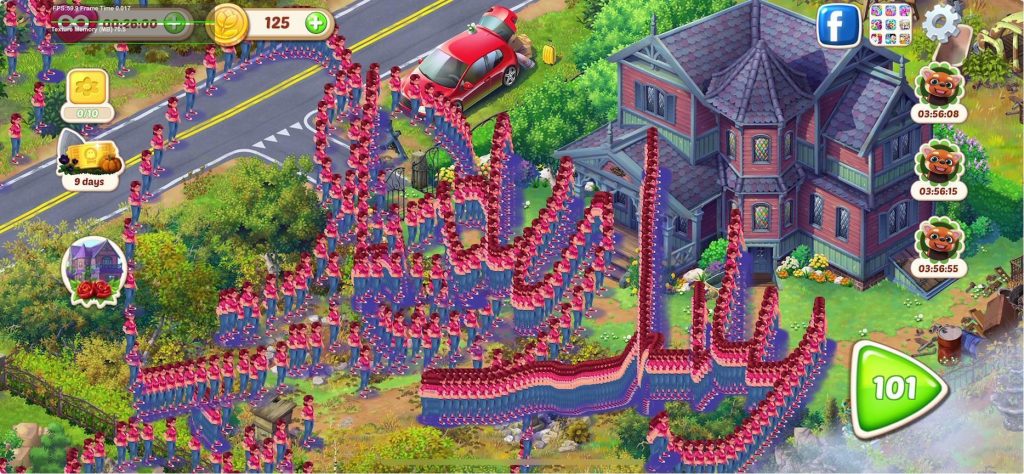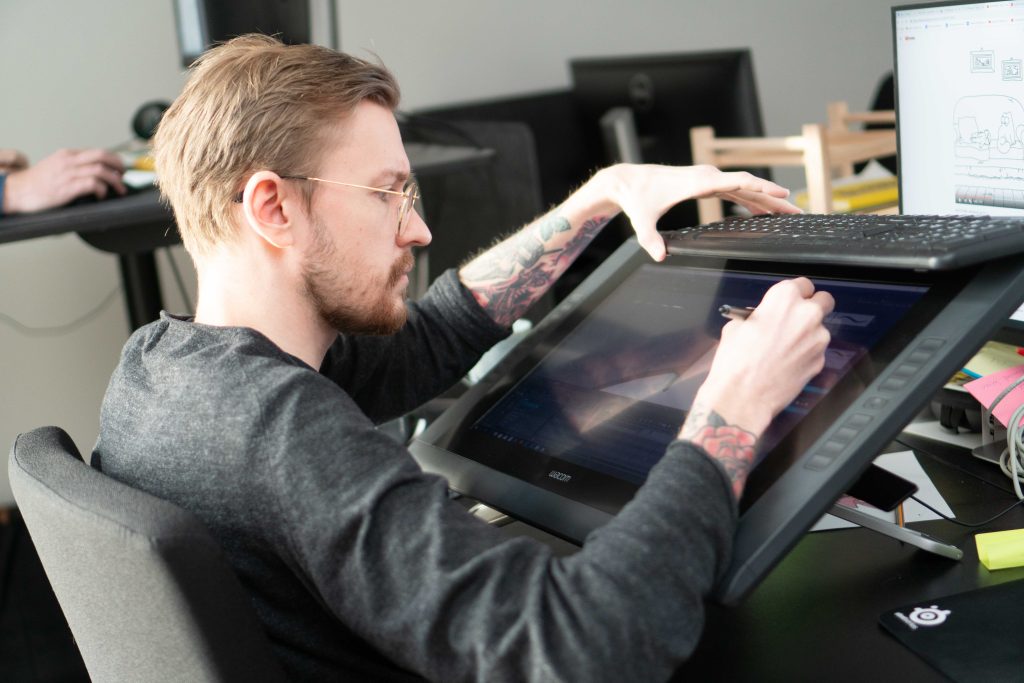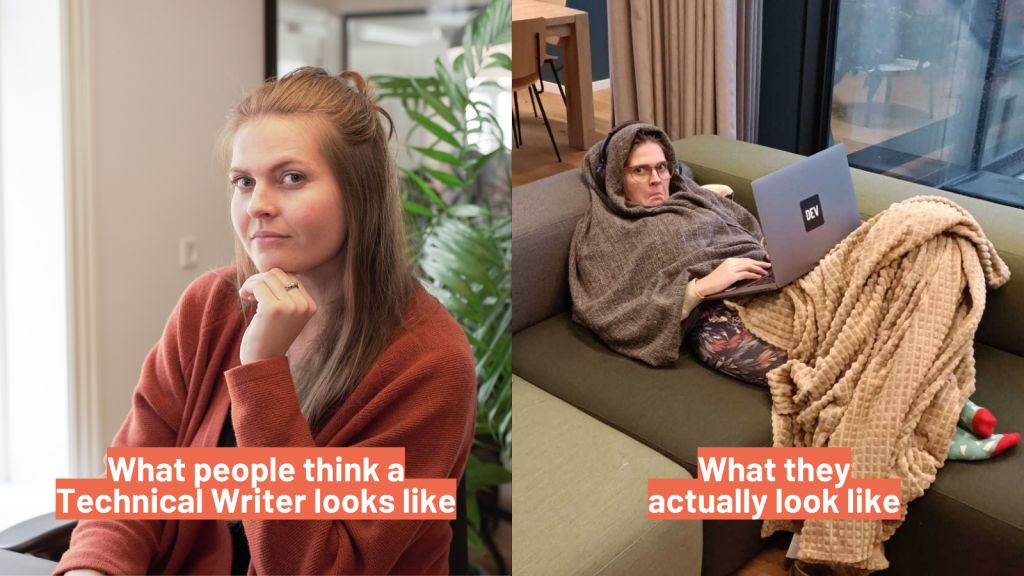Time for talent with Kamya Krishnan
Namaste 👋 I’m Kamya, pleasure to meet you! I joined Tactile’s QA team 9 months ago. Beyond playing the developed game, my role involves identifying and reporting any potential problems that could impact the game’s quality and functionality 🔦

Let me share a little bit more about what my team does at Tactile and how I ended up in QA (+ tips for successful QAs at the end!):
🚀 Before Tactile
I started my journey as a Test Engineer in a software services company back home in India. I learned a whole bunch about the software testing process, as well as how to create and execute test cases. After that, I moved into a Test Analyst role, where I focused more on test planning, analysis, and design.
💜 Joining Tactile
Taking a short break during my maternity period, I relocated to Copenhagen with my family. When I returned to work, I transitioned to a QA Engineering role at a Fintech company. This is where I first got familiar with mobile testing and working in an agile environment … which eventually lead me to my current position at Tactile 🙌
As a QA Tester at Tactile, my focus is on ensuring that the weekly releases of our hit game Lily’s Garden go seamlessly, without major crashes or performance glitches. The fact that my contributions directly enhance the overall gaming experience for players is the most fulfilling aspect of my role!

🏗️ What our team does
Within Lily’s Garden, we work in smaller scrum teams. My role as a QA is to plan, design and execute tests relating to the developments of new game features, such as our most recent Gatcha event and Piranha Rush. I am also responsible for the testing tasks related to in-game ads, which is a significant revenue source for the company! 💰
A huge part of the QA role here is having effective communication with the design and development teams from as early on in the process as possible. This helps to ensure that we help the team avoid having big problems later on!

💪 Sense of responsibility
The best thing about our team is that it is made out of exceptionally talented individuals from super diverse backgrounds. Our office culture is marked by trust, flat hierarchies and open communication. This has created a great environment for addressing critical issues. I’m genuinely impressed by the strong sense of responsibility shown by my team members, and I really appreciate that everyone is always ready to extend a helping hand during challenging moments.
📚 The keys to success
I believe that QA game testers should embody several key qualities, but the most important ones are:
👉 Robust analytical skills
👉 Effective communication and strong team collaboration
👉 Patience and an eye for detail to navigate through repetitive tasks
👉 A curious mindset for exploring various scenarios
👉 A good understanding of end-users, which helps to understand how players might engage with the game
👉 And lastly, in a QA role you’re often faced with tight deadlines, so it is key to manage time efficiently and prioritize tasks well ⏲️
Are you an aspiring artist or game designer looking to curate a standout portfolio that captures attention and showcases your expertise? The art of presenting your work isn’t just about displaying images, it’s about narrating your creative journey, demonstrating your skills, and resonating with your desired audience.
In this Tactile Tips Series, we delve into the key elements that elevate your portfolio, whether you’re an experienced professional or just getting started. From refining your art portfolio to unveiling the complexities of game design presentations, we’ve gathered insights and tips from our industry experts to help you craft a portfolio that helps you land the job you want.

Art Portfolio Tips
Quality over Quantity
Instead of flooding your portfolio with a lot of pieces that don’t really show your current skill level, focus on centering only the works that exemplify your expertise. While it can be useful to see your progression over time, some of your assets might no longer represent your current level. And as much as the person reviewing the portfolio should look past that, it could show some past weaknesses that you don’t have anymore, but once you see it you can’t unsee it.
Organize & Navigate
Consider categorizing your work based on styles, themes, or mediums. Use clear titles and sections for easy browsing. An example could be dividing your portfolio into sections like “Character Animation,” “Environment Art,” and “Storyboarding” to assist viewers in finding what interests them quickly.
Context Matters
When presenting a project, explain not only what it is but also your specific contributions. For instance, if you worked on a scene consisting of environmental and character art and animation, make sure to name your and each team member’s individual contributions.
Regular Updates
Treat your portfolio as a living document. Add new projects and skills as you develop them. If you recently mastered a new technique or software, integrate it into your portfolio to reflect your current abilities.
Storytelling
It’s all about storytelling and composing a coherent scene. If applicable, place your character in a scene that makes sense dramaturgically. For instance, when you illustrate a messy, chaotic character, their representation should be coherent with their surroundings. If they drive a car, the car should look dirty and messy too, or if they’re chilling in their home, it shouldn’t look too clean and tidy.
Personal Touch
Consider adding a personal statement or a brief narrative explaining your artistic journey. For example, describe how your love for mythology influences your character designs or how traveling inspires your environmental art.
Game Design Tips
Prioritize Released Games (if you can)
Feature your top 3-5 fully released titles prominently. For example, if you’ve worked on mobile games, highlight the ones that garnered significant downloads or received positive reviews. It also can’t hurt to add some information on the games’ tech stack and your individual contributions.
Context, Context, Context
Demonstrate your understanding of game design history and trends. For instance, you implemented a unique mechanic inspired by classic games but reimagined it in a modern context. Make sure to explain how you merged nostalgia with innovation to create a fresh gaming experience. And don’t forget to add information such as feature goals, challenges, mechanics, test iterations, feedback, results and your lessons learned.
Process Insights
Offer in-depth insights into your game design process. If you created a game mechanic that significantly impacted player engagement, walk through its evolution—from initial concept to playtesting iterations. Highlight how player feedback influenced your design decisions.
Metrics and Analytics
Share specific metrics to validate your contributions. If your game experienced a high retention rate or received industry recognition, quantify and detail these achievements. For instance, provide retention percentages or awards received for game design excellence.
Play Links
Make it easy for viewers to access and play your showcased games. Include direct links to playable demos, app store pages, or web versions. Ensure these links are easy to find on your portfolio.

Tips for Juniors
Pet Projects
Don’t hold back on exhibiting your personal projects to show your diverse interests and ambition to create. For instance, if you’re exploring various animation styles, feature short animation clips demonstrating your experimentation with different techniques. For seasoned professionals, it’s interesting to see juniors dabbing in different areas/types of animation because it gives an insight to their curiosity and eagerness to learn.
Sketches
Don’t hesitate to show sketches in your portfolio. They offer a glimpse into your creative process and can often communicate your unique and exciting ideas. For example, we once spoke to an artist who showed a lot of polished, final assets but we were lacking an illustration of their creativity, so we asked them to show some sketches that were exciting and fun to look at because they showed raw creativity and playfulness.
Versatility
Display your versatility by experimenting with various types of animation or design. If you’re a junior game designer, showcase projects where you explore different genres or gameplay mechanics.
Time for Talent with Martina Welander
Meet Martina Welander aka Documentina 👋 Our super talented Technical Writer, who goes beyond words to come up with creative ways to document our tools and processes. But we’ll let her do the talking – read her full story below (it’s a good one!).

Tactile: Hi Martina, could you tell us a bit more about what you do at Tactile?
Martina: I write ✨ technical documentation ✨ on a fabulous team of one. I write everything from system architecture overviews to user tutorials to API documentation. My days are spent ferreting around in codebases, hunting down precious morsels of context in the dustiest corners of Slack, and thinking up ways to make stuff like security protocols fun to read about. And pestering my fellow Core Teamsters for information, of course.
Tactile: What was your journey to becoming a Tech Writer?
Martina: It just happened – I did a history degree and never really had a plan. I wrote my first line of CSS on neopets.com in 2000 (Neopians unite) and accidentally became a backend developer because I needed to create a database for all my RPG characters. This eventually led to several Serious Jobs as a developer and technical consultant, which turned into blogging a lot about the stuff I figured out, and now I write for a living. There were probably more steps but it felt very ‘whoopsie poopsie guess I’m a writer now’.
Tactile: What do you like the most about the team you’re working with?
Martina: They are good eggs. Patient, kind, smart, a lil’ bit weird, a lil’ bit sassy.

Tactile: What is the most rewarding part of your job?
Martina: Variety. Sometimes I write songs about A/B tests, sometimes I draw cartoons about API keys, sometimes I code, 🎵 SOMETIMES I RUN, SOMETIMES I HIDE 🎵, and sometimes I actually write things down (that’s the hardest part about being a writer). It makes my day when I hear that my work helped someone or saved them time, particularly new starters.
Tactile: For people who would like to start their career, what do you think are the most important qualities that every (tech) writer should have?
Martina: Curiosity. If Tactile decided to pivot into making croissants I would go all in on explaining the chemistry of butter through the medium of dance; learning is fun, kids! If you want to write for developers, I think it really helps to have at least some experience with programming – either as a hobby, or by working as a developer or in QA. If you are starting from scratch and want to be seen, try to figure out how to do something that interests you (a recipe app, a to-do app) and blog about the challenges you encounter.
